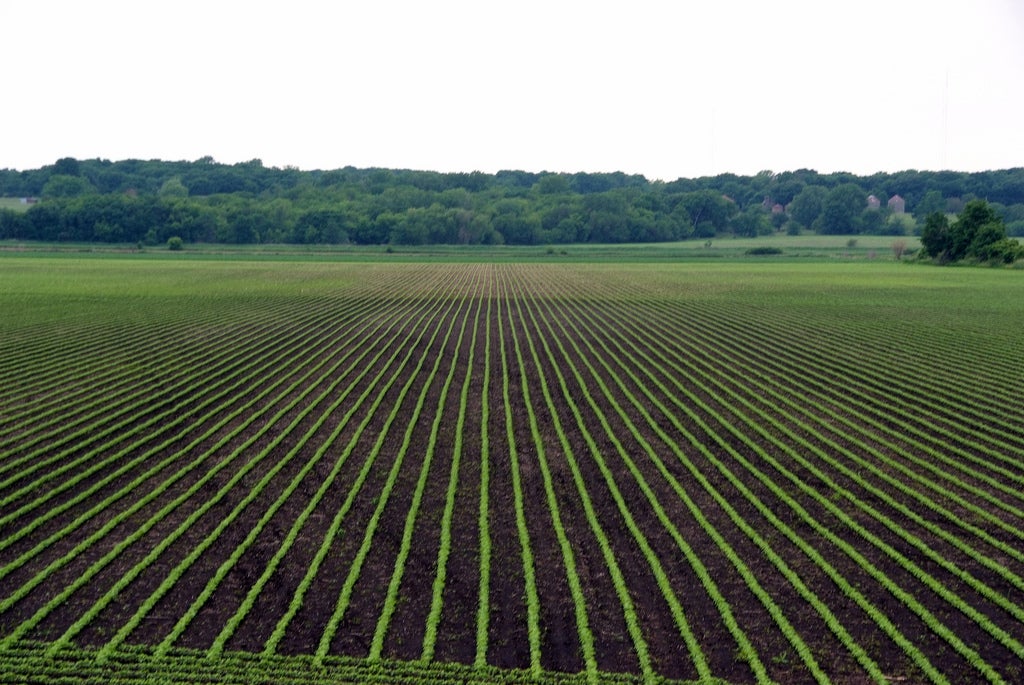AMES, Iowa — Longer, more diverse rotations of crops fertilized with livestock manure have many environmental benefits, but carbon sequestration isn’t one of them, according to a new study led by Iowa State University researchers.
The findings, published this month in Nature Sustainability, counter long-standing assumptions and could have implications for various carbon-market initiatives designed to help mitigate climate change, said Wenjuan Huang, assistant professor of ecology, evolution and organismal biology.
“In a diversified cropping system, there’s more carbon input. So we have figured there would be more carbon stored in the soil. But actually, carbon levels in the soil didn’t change over 20 years, though these regenerative management practices are still valuable in other ways,” said Huang, who was one of the study’s lead co-authors.
The study is based on data collected from the ongoing field trial at Iowa State’s Marsden Farm just east of Boone, which since 2001 has compared a traditional two-year corn-soybean rotation to three- and four-year systems that mix in a year or two of alfalfa, clover, or oats and replace most of the synthetic nitrogen fertilizer for corn with cattle manure.

A greater variety of roots and the addition of manure increase carbon input in the three- and four-year rotations. But putting more organic matter in the soil also stimulates microbial activity, which boosts decomposition and causes an uptick in carbon dioxide emissions that can counteract the increased carbon input. Samples of both topsoil and cores a little more than 3 feet deep had similar soil organic carbon levels in all three types of test plots, while the soil cores from diversified cropping systems produced more carbon dioxide when incubated in the lab for a little more than a year.
By analyzing stable carbon isotopes in the soil core emissions, researchers found the intensified decay in longer rotations wasn’t just using up the additional carbon inputs. All samples gave off similar levels of carbon dioxide from corn-plant residue, even though corn was grown more frequently in the standard two-year rotation. That shows the amped-up decomposition in diversified cropping systems feeds in part on older organic matter from previous corn plants, Huang said.
The novel carbon-chasing method used in the study, which was funded in part by a grant from the U.S. Department of Agriculture, could help researchers — and carbon markets — improve their models for predicting carbon change in soil.
Even without sequestering more carbon, diversified cropping systems can have a positive climate impact. Soil organic matter breaking down faster also produces more of the type of nitrogen crops need to thrive, especially corn. Organic nitrogen converted into plant-feeding inorganic nitrogen at a rate about 70 percent higher in the longer-rotation soil samples, researchers found.


